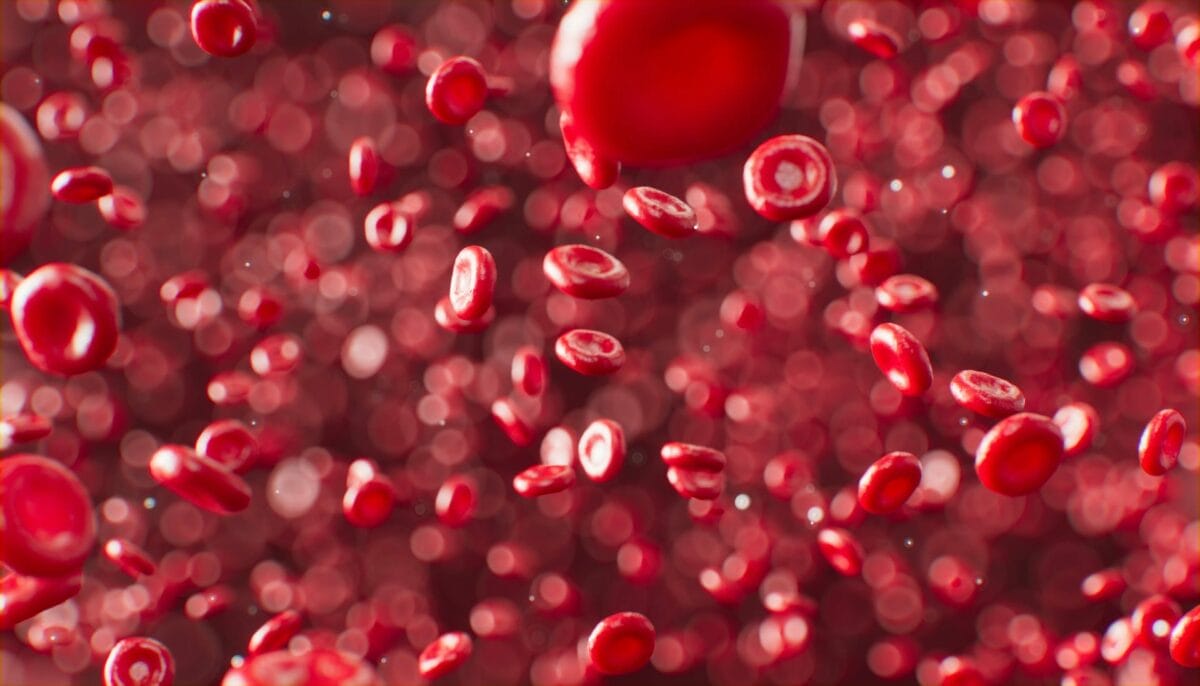

Just as your training plan changes throughout the year to support your athletic goals, so should your nutrition approach!
In your training as a mountain athlete, you likely go through preparatory/base building, competition, and transition phases as you prepare for, compete, and recover from your races/events. Adjusting your nutrition throughout the year to support each of these phases will improve your performance and recovery and ensure that you stay healthy and strong throughout the year!
In this blog, I’ll define nutrition periodization, explain the critical elements of this nutrition approach, and discuss the health and performance benefits achieved when you periodize your nutrition. Let’s dive in!

Nutrition periodization is a nutrition approach that supports the body’s energy, macronutrient, and micronutrient needs according to different training stressors throughout the training year to promote positive physiological responses in performance and health. In other words, it is a method of altering one’s nutrition throughout a training cycle so that an athlete can feel and perform his or her best!
There are several key features of nutrition periodization:
As a mountain athlete, nutrition periodization is critical to your health and performance. The physical demands of trail running, mountain biking, climbing, mountaineering, and, or course, racing can deplete your body if you don’t adjust your nutrition to meet your body’s needs during the various phases of your training cycle.
If you’re a multi-sport mountain athlete (such as a trail runner, mountaineer, and backcountry skier), you will have different nutritional needs depending on the time of year and the sport you’re engaging in. You shouldn’t fuel the same way for trail running as you will for your big annual mountaineering trip!
Furthermore, if you are an athlete living and training at altitude and/or in climate extremes, your nutrition periodization plan can account for the intricacies of these environmental factors. For example, if you live and train at altitude, you’ll want to check your iron status throughout the year as part of your nutrition periodization plan.
If you live and train at altitude, you’ll also need to pay special attention to your hydration since altitude increases the risk of dehydration. Depending on the time of year, heat and humidity will also affect your hydration needs.
Live above 37 degrees north latitude? You’ll want to test your vitamin D level (vitamin D is vital for health and athletic performance) at least twice a year and periodize your approach to vitamin D intake through food and supplementation, depending on your vitamin D level.
To understand how nutrition periodization changes throughout the year, it will first help to do a quick refresher on training periodization. I will refer you to an excellent article on the TrainingPeaks website that outlines and describes nutrition periodization.
Long story short, training periodization is the process of dividing your training plan (usually an annual plan) into specific blocks of time, whereby each block has a particular goal and exposes the body to specific types of training and physiological stress.
Nutrition periodization and training periodization are like two rivers running parallel to each other; as a periodized training plan winds throughout the year, a periodized nutrition plan follows suit.
For example, whether you’re a runner, cyclist, or mountaineer, your annual training plan likely has a preparatory phase. This is the phase in which we focus on building strength, endurance, and technique. In this phase, nutrition periodization elements we focus on include optimizing metabolism (including blood sugar control), creating a sport-specific fueling plan, “training” the gut to tolerate food appropriately before and during training, optimizing foundational elements of health such as daily energy and inflammation management, and gathering data (whether that’s subjective feedback from your body, lab work, sleep tracking data, etc).
If you’re an athlete who likes competing, you have a competition phase in your annual training cycle. During this phase, the nutritional elements we may focus on include ensuring no energy (calorie) deficiencies occur as training volume and intensity increase, emphasizing foods that regulate inflammation, and practicing how you will eat before and during competitions.
Every athlete should also have a transition phase after a big race or event. In the transition phase, you recuperate from your big event, repair, and begin shifting gears into your next training cycle (if you have another competition/event in the books) or into a different sport if you are a multi-sport mountain athlete.
During the transition phase, aspects of nutrition we may focus on include identifying changes in energy expenditure between your previous preparatory and competition phases and your current transition phase of training (so you can adjust your food intake accordingly), preventing significant fluctuations in body weight and composition, revisiting your health and performance goals, and mapping out the next steps for your nutrition, whether that’s maintenance of your current nutrition plan or shifting into a new training cycle or health goal.
You’ve heard me mention energy (calories) and macronutrients (protein, carbs, and fats) several times in this article. For some, mentioning these terms conjures images of counting calories and tracking food. While a quantitative approach to nutrition periodization (i.e., tracking calories and macronutrients) may work for some athletes, it is never an approach that I recommend long-term, and it is entirely inappropriate for certain athletes (such as those with a history of eating disorders or disordered eating).
Therefore, nutrition periodization can follow either a quantitative or qualitative approach. For many athletes (excluding the groups mentioned above), a short-term quantitative approach, such as tracking food for a week in an app like Cronometer, can be a constructive way to see how much one is currently eating, the distribution of macronutrients and micronutrients intakes, and adjust accordingly.
For other athletes, a qualitative approach works beautifully, whereby we don’t focus on numbers but instead focus on food quality, food groups, and rough estimates of intake, such as using one’s hand to approximate protein and carb serving sizes.
I use both of these approaches in my nutrition practice, depending on the needs and preferences of the individual athlete.
Implementing a periodized nutrition plan has numerous potential positive health and performance outcomes. Here are just a handful of possible positive outcomes:
If you are ready to take your health and athletic performance to the next level, it’s time to take a periodized approach to your nutrition. Nutrition periodization takes the guesswork out of fueling your body so you can nourish your body with confidence throughout your training year!
If you are an outdoor athlete ready to make empowered nutrition choices with a personalized nutrition periodization plan, I would love to help! You can learn more about how we can work together by visiting the Services page of my website!
The content provided on this nutrition blog is intended for informational and educational purposes only. It is not a substitute for professional medical advice, diagnosis, or treatment. Always seek the advice of your physician or other qualified health provider with any questions you may have regarding a medical condition. Never disregard professional medical advice or delay seeking it because of something you have read on this blog.
The information and recommendations presented here are based on general nutrition principles and may not be suitable for everyone. Individual dietary needs and health concerns vary, and what works for one person may not be appropriate for another.
I make every effort to provide accurate and up-to-date information, but the field of nutrition is constantly evolving, and new research may impact dietary recommendations. Therefore, I cannot guarantee the accuracy or completeness of the information presented on this blog.
If you have specific dietary or health concerns, please consult a qualified nutritionist or another healthcare professional for personalized guidance.
I empower others through nutrition to conquer their mountain adventures, drawing from my own experiences.
With a background in Biomedical Science and an M.S. in Human Nutrition, I’m a Certified Nutrition Specialist and Licensed Dietitian Nutritionist. My journey in functional medicine has equipped me to work alongside athletes and tackle complex health cases. As a passionate trail runner, backcountry skier, and backpacker, I strive to support others on their paths to peak performance and well-being.









Sign up for updates that come right to your inbox.